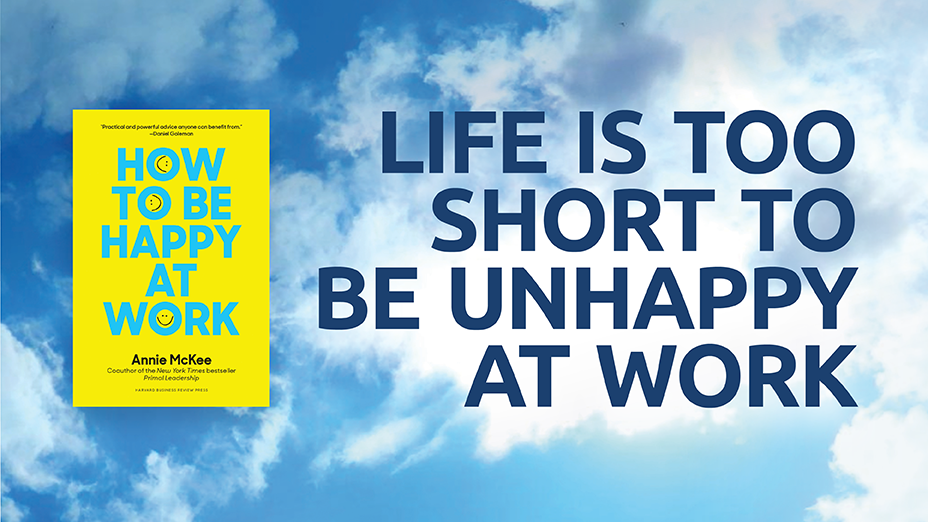Perhaps it goes by another name: Equity and Inclusion, Diversity, Inclusion and Belonging, or some variation of those words.
If so, well done! This is an important step. Now, I want to ask a slightly more challenging question. What is person, team, or policy’s explicit aim? How precisely has the vision or strategy been defined, and how clearly has the organization articulated the ‘why’?
Defining the ‘why’ your diversity, inclusion, and equity policy exists is vital for it to be more than just a superficial program that won’t last beyond the enthusiasm of a vocal advocate.
Over many years, I have seen, been subject to, and studied how ‘diversity’, ‘inclusion’, ‘equity’ and ‘belonging’ have evolved in the corporate world. These terms have been around for almost 50 years in the UK, after the passing of the Equal Pay Act in 1970 began bringing social change to workplaces. However, their meanings and uses have shifted over time. In the push for progress, these terms and movements have occasionally become co-opted and repurposed by those who are not genuinely interested in changing the status quo. It’s important that we do not rely on words that are loosely defined, hoping that people somehow ‘get’ what we are trying to do. Instead, we should have clarity around the change we want (and hopefully, the courage to go after it).
What do I mean by co-opting? One example includes the idea of ‘diversity of thought’, which sometimes is used to describe the kind of ‘diversity’ a company striving towards. It’s often used as a way to avoid saying ‘more people from a specific historically excluded group’.
But here’s the thing: you don’t really need to challenge existing power structures to achieve ‘diversity of thought’.
In fact, aiming for diversity of thought doesn’t mean you’re going to bring new and different people in at all. Our ‘thoughts’, shorthand for our ‘ideas’, are not defined by our identities, our levels of power, or our histories. You can have diversity of thought in a group of five men who are all brothers, in best friends, in a group of strangers. Although diversity of thought might be a nice to have within a company, it definitely doesn’t mean that the organization will become more inclusive, more representative, more equitable, or more just. It will just have more differing opinions, without a guiding sense of why those differing opinions have been included.
The same can be applied when dealing with ‘challenging unconscious bias’, which is something I talk to companies about on a regular basis.
It’s all very well and good to want to challenge your biases - but which biases are you challenging, and why?
If you don’t have a sense of what you are trying to change, you’re likely to feel overwhelmed and confused, rather than empowered to change your behaviour, and you run the risk of reinforcing the very power dynamics you are trying to challenge.
What could that look like? Well, I'm glad you asked.
For example, rather than focusing on ‘increasing diversity’, which can mean any number of things (like hiring more people from beyond the M25), be more specific. Who do you want more of in your company, and why? ‘We want to increase the percentage of people from minoritised and historically excluded communities at every level of the organization, in order to contribute to a more equitable society for all communities in Britain’, could be a start.
Think a little deeper.
‘We care about diversity and inclusion’, tells me very little. ‘We are actively working towards a society where power is more equitably distributed among all communities, and in order to help achieve a fairer Britain, and are doing these things to that end', tells me more. It highlights your values, why you are embarking on this strategy, and also helps people internally and externally understand (and hopefully buy into) the broader mission.
It might feel a little scary to so openly talk about the 'why', a little too exposing, too raw. I can understand that. However, it's vital that at some level, there is clarity in the reason behind the work - not just a focus on the metrics, but on what those metrics are working towards. It will not only help with fending off any attempts to co-opt the work by using the same language without changing anything substantial, but it also gives you something to keep coming back to, when things get tough. Keep coming back to the 'why', and together we can build movements within our organizations and institutions that really change the world.




.png)




What Did You Think?